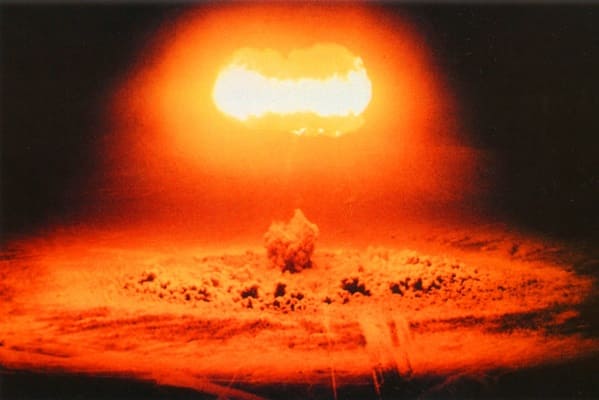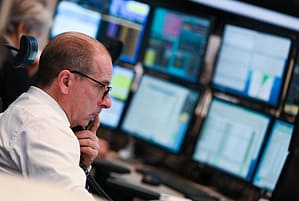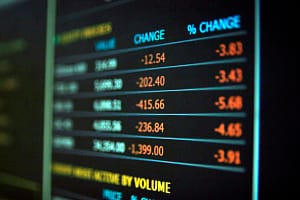Nuclear weaponry is becoming a top priority for countries, as reflected in the increased defence budgets.
According to Stocklytics.com, global nuclear arsenal spending in 2023 amounted to $91.4 billion, equal to $173k a minute, or about $2,898 a second.
This is about $10.7 billion more than 2022’s nuclear arms spending, highlighting an aggravated demand for nuclear weapons.
The site’s financial analyst, Edith Reads, said, “Many states invest in upgrading and modernizing their nuclear arsenals to ensure reliability, effectiveness, and survivability.
“This includes developing advanced delivery systems, enhancing command and control capabilities, and improving the safety and security of nuclear weapons.”
Despite strategic arguments for nuclear deterrence, the exorbitant costs of maintaining and modernizing nuclear arsenals have sparked intense debate and criticism. Opponents argue that allocating resources to nuclear weapons could better address pressing global challenges such as poverty, healthcare, and climate change.
Global nuclear weaponry spending
Global nuclear spending spiked by nearly 14% in 2023, with the United States leading in nuclear acquisitions and holding a 56% share of all nuclear weaponry. The state spent a colossal $51.5 billion, an 18% rise in nuclear acquisitions, widening the gap between it and the second-largest spender, China, which spent over $11.4 billion.
Rounding out the major nuclear spenders, Russia scoops third place with nuclear spending of $8.3 billion, while the United Kingdom follows closely, spending $8.1 billion. This represents the second-highest proportional increase in nuclear spending, at 17%, after the US.
The Stockholm International Peace Research Institute highlighted a rise in active nuclear warheads, with the global count at 9585. Russia accounts for 4380 warheads, the US for 3708, and China for 500.
The escalating conflicts, such as the Russian invasion of Ukraine and the Israeli-Hamas war, have fuelled the disproportionate rise in nuclear spending and acquisition across these nations. As these wars show no signs of abating, the prospect of continued nuclear spending looms large. ICAN projects over $100billion will be used in more acquisitions by the end of 2024
Nuclear lobbying is on the rise
Nuclear-armed nations have existing contracts worth at least $387 billion with companies to manufacture nuclear weapons, some extending to 2040. In 2023, these weapons producers received new contracts valued at nearly $7.9 billion. Lobbying expenditures by these firms reached $118 million in the US and France alone.
Moreover, over $123 million was spent hiring more than 540 lobbyists and funding think tanks influencing the nuclear debate.
Rising spending on nuclear armaments may be just the beginning, as continued lobbying efforts suggest further increases in nuclear weapons production in the future. Unfortunately, escalating nuclear weapons manufacture hints at more global conflicts and devastation.






Leave a Comment